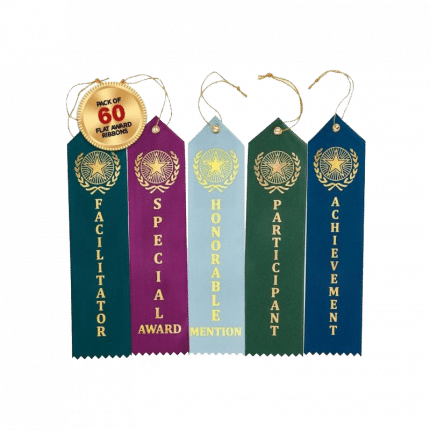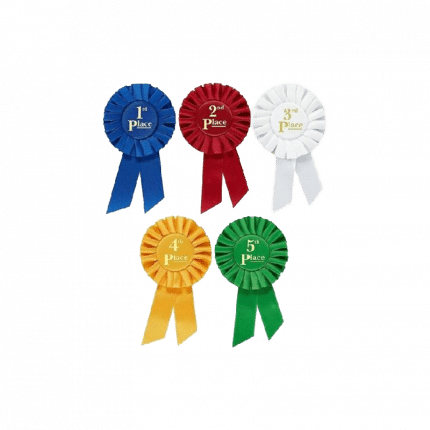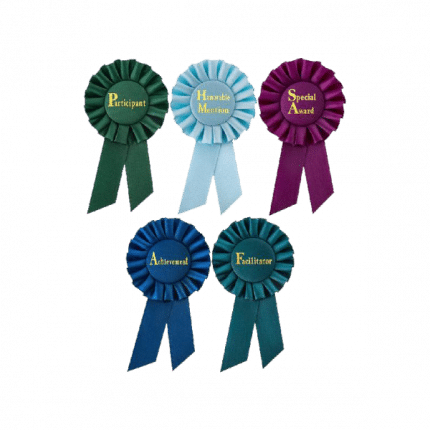How to Play Table Tennis with Professional Techniques?

Table tennis is a game that people of all ages can enjoy. It’s easy to learn the basics, and it’s also fun for more advanced players. In this blog post, we will cover some professional table tennis techniques so you can play better!
There are a few things to know before getting started:
In ping pong, if you want to get a good spin on your shots and be able to control the ball coming at you well, you would like what’s called an “open stance.” An open stance is where your feet are spread out wide apart from each other and not touching with better mobility and more options.

Table tennis can be utilized in a standard paddle mode or use in a penhold grip style. A penhold style grip is when you hold the paddle’s handle with your fingers on top instead of underneath. It’s a preference, but we will be using the standard paddle in this blog. The paddle can be held in either hand (left or right), but it’s imperative to use a proper grip! You should have one part of the handle in each hand like you would hold a hammer. Your thumbs will wrap around the paddle handle, and your forefingers should be on the top.
It would be best if you always had a good grip when playing table tennis, and it’s important to control the ball while keeping both feet stationary during play. The way you should be standing is with your feet shoulder-width apart, knees bent, and weight distributed on the balls of your feet. This position allows you to be ready to move quickly in any direction.
With that being said, there are a few different stances you can use to play table tennis. The defensive stance has your feet shoulder-width apart and is used for staying back to keep the ball from going past you; an offensive position is more aggressive with your front foot on or near center court while keeping an eye on the ball, and your rear foot is in front of you. This stance can be used for attacking opponents or control of an offensive one.
Different strokes for different folks:
Many different strokes are used when playing table tennis: chops, drives, and smashes, all depending on how fast the player wants their shot to go. Chops are when you hit the ball with your paddle and are not thrown at an angle. Drives have a medium speed and depend on how high up or low down players want their shot to go, usually straight across from them. Smashes rely on if you want your shot to go fast, slow, or somewhere in between, depending on which technique.
You also want to keep in mind how you will hit the ball when it’s coming at you: either backspin or topspin! A backspin is where the ball always bounces off the table. On the other hand, a topspin is trying to keep control of an offensive one. For example, when your opponent hits the ball at you hard, you might try to hit it back with a topspin.

When you hit it with the backspin, it’ll bounce off and be harder to keep control of.
When playing a topspin stroke with your forehand, you need to ensure that the ball meets the blade’s edge and not its face! This will help generate power when going for an attack and ensures you have more control over what direction it goes in as well because there is less air resistance. The forehand technique in table tennis is used when the player wants to hit the ball back or across the net. This can be done by hitting it with your dominant hand, which will most likely be on a left-handed person’s right side of their body, and vice versa for a right-handed person!
You can do one of two things with your arm, depending on which type of spin is used: a blocking technique for looking to return the ball (or to the side) and a pushing technique for if you are looking to push the ball forward, when hitting with your forehand, that is when you use your dominant hand, which will be left or right depending on what type of player you are!
When aiming for the ball, you should do it with a pivot of your wrists. This is by flicking them as you hit the table to generate power and speed so that when they make contact with the ball, it will bounce off in an upward motion and provide an unpredictable trajectory.
A backhand can be played with your weaker arm as well, and this is when you hit the ping pong ball before it bounces on the table. When you are shooting with your backhand, the ball should be hit more on top of the paddle, and it will usually bounce off in a downward motion when returning to provide specific sight upon return.
Now let’s cover some tactical table tennis techniques that will help your game.
The first one uses a forehand, which is done with the more vigorous arm and hits the ball before bouncing on the table. When you are doing this, the ping pong balls usually bounce off in an upward motion to provide specific sight upon return of rowing in a loop is also a helpful technique used to play table tennis. This technique allows you to alter the direction of the ping pong ball, so it will usually go either into or out of an area where your opponent may have been expecting them to come back.
Another professional technique is about the “kill shot.” Kill shots usually are when there is a lot of space between your table tennis racket and that ping pong ball. This technique can also help provide different angles for the return, as well as being able to move laterally with some speed if necessary.
The best way to practice these techniques is by playing table tennis with a partner. You can also use table tennis balls to practice these techniques when playing alone or by practicing them on your own against an imaginary opponent.
The “shoulder” technique is when your “shoulder” is when you make contact with the table in a way that you put your arm out and then push down on it, which causes more power.
The “snap” technique is when a snapshot requires one to quickly hit the ping pong ball after snapping their wrist forward before hitting the ball. The best thing about this is that it can have an incredible effect on the opponent when done appropriately, as they are not expecting it to be so fast.
A “snap-back” shot requires one to quickly hit the ping pong ball by snapping their wrist backward before hitting the ball. The best thing about this is it will get your opponent off guard.
If you want to serve, stand perpendicular to what would be your opponent’s side of the table and then bounce the ball on your paddle once before striking it overhand towards them is called an “overhand serve.” Overhand serves are good to use as they put a spin on the ball.
When the ball is coming to you on the opposite side of the table using your backhand, this will help you hit it with more power and control than if you just used your forehand.
Try using a lob shot when playing against an opponent who’s closer to one end of the table. Lobbing can be done by hitting the ball with a languid swing or from behind your back.
If you want to hit away from the other player’s paddle, use an “attack” to do so. An “attack” is when you aim for the handle of their racket and hit it as hard as possible, which will make the other player lose control of the ball.
The ball should have a consistent bounce off the table. If it bounces at different angles, you are hitting it wrong and will not get a good spin on your shots.
The last thing you should know about table tennis (which is the first thing) is that it’s a fast game! The ball can travel up to 200 kilometers per hour when played with top professional speed, so make sure you’re always alert and ready for anything that’s coming out to you.
Enjoy your ping pong game.
Also Read: What are the best ping pong balls to use?





